Entertainment industry executive David Kelley’s latest production is coming soon to a plate near you
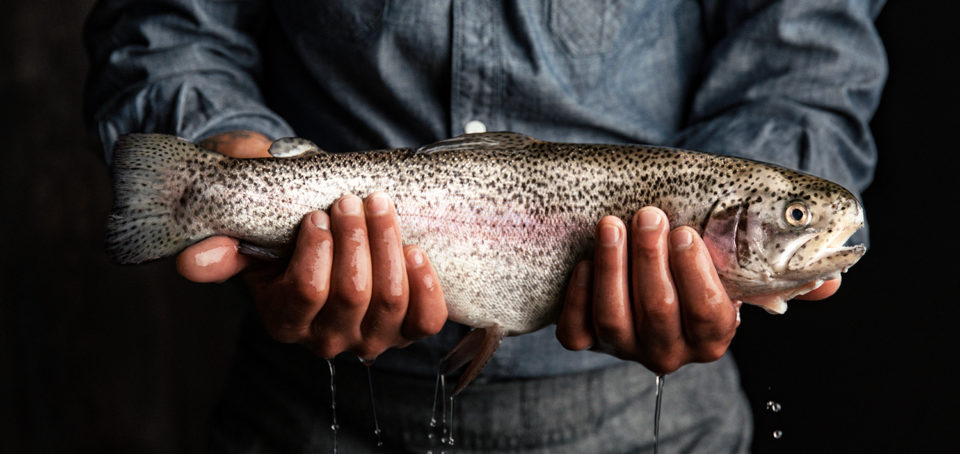
When Riverence Holdings acquired Clear Springs Foods in February, the six-year-old company became the largest-land-based producer of trout in the Americas, with a staff of 450. The company had some rather unlikely beginnings, with a cattle rancher and a Hollywood executive at its helm.
In 2014, Hollywood writer and producer David Kelley – the man behind Chicago Hope, The Practice and Ally McBeal, among many other television shows and films – partnered with his friend Rob Young to purchase Aquaseed, a trout egg farm in Rochester, Wash., in the Pacific Northwest region of the United States.
Kelley is an avid fly fisherman who wanted to preserve the resources he’d enjoyed for many years and saw aquaculture as a way forward.
“David is a lifelong fisherman who has always spent his free time in waders,” said Gabe Watkins, director of communications at Riverence. “As he saw wild salmon populations declining, he and Rob wondered what they could do to decrease the pressure on wild salmon. They believed in aquaculture as a potential solution and specifically, in the value of buying an egg farm and supporting good genetic solutions.”
When they purchased Aquafeed in 2014 it had multiple species of salmonids and 30 years of traceable heritage with good genetics. The pair renamed the company Riverence Brood, modernized the facility and implemented new methodologies so they could supply customers with premium genetics. But they were troubled by the variability of the eggs’ performance, something they attributed to differences in their customers’ farms.
“We realized that if we wanted to really understand our eggs’ genetics, we had to raise the fish ourselves,” Watkins said.
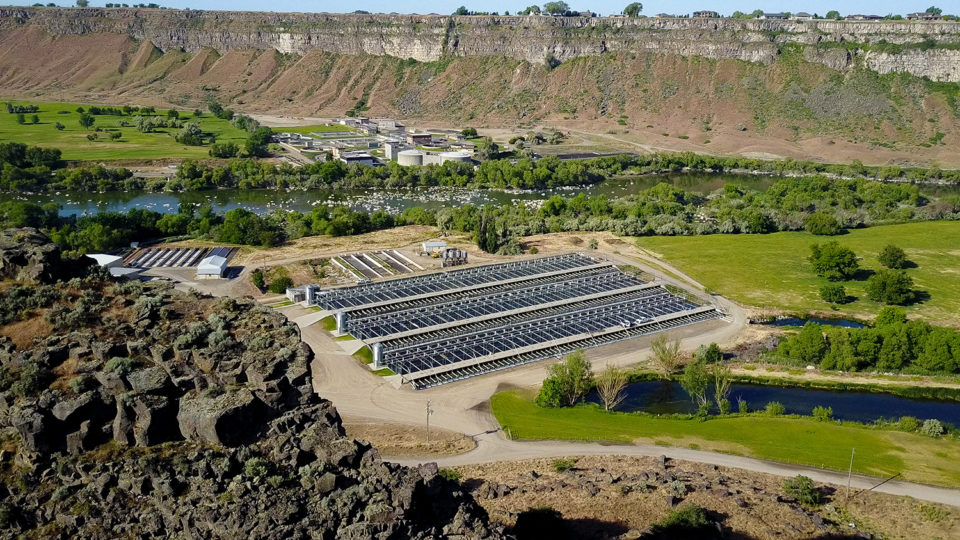
Three years ago Riverence purchased SeaPak of Idaho in Idaho’s Magic Valley, and the recent acquisition of Clear Springs Foods nearby brings the company portfolio to 14 farms capable of annually producing more than 15,000 metric tons of trout. “Both farms were raising trout in open-water raceways, so from a methodology standpoint there is no difference in what the two companies do,” Watkins said. “But every farm is unique and no two farms have the exact same variables.”
Riverence is planning a variety of capital expenditures to improve the former Clear Springs facilities, he added, “with the intent of improving things across the board, from feed to farming to genetics to processing. We’ll make sure everything is operating at optimal capacity.”
To start, Riverence Brood eggs will be introduced at Clear Springs and feed protocols are being evaluated with the aim of developing economies of scale.
“At this time, we are one company with two brands. We’re merging our assets and resources and maintaining the product lines for each brand at this time, so that our customers don’t experience any disruption to their business,” Watkins said. “Over time we reserve the right to define a new way forward, but we want to make sure we understand things before we do that.”
The Riverence brand has focused on supplying retail, foodservice and chefs primarily with red-fleshed trout, while Clear Springs’ customer base is higher volume and resale fresh and frozen white-fleshed trout. Riverence will continue to produce both red and white versions, in keeping with the cross-country demand for both, he said.
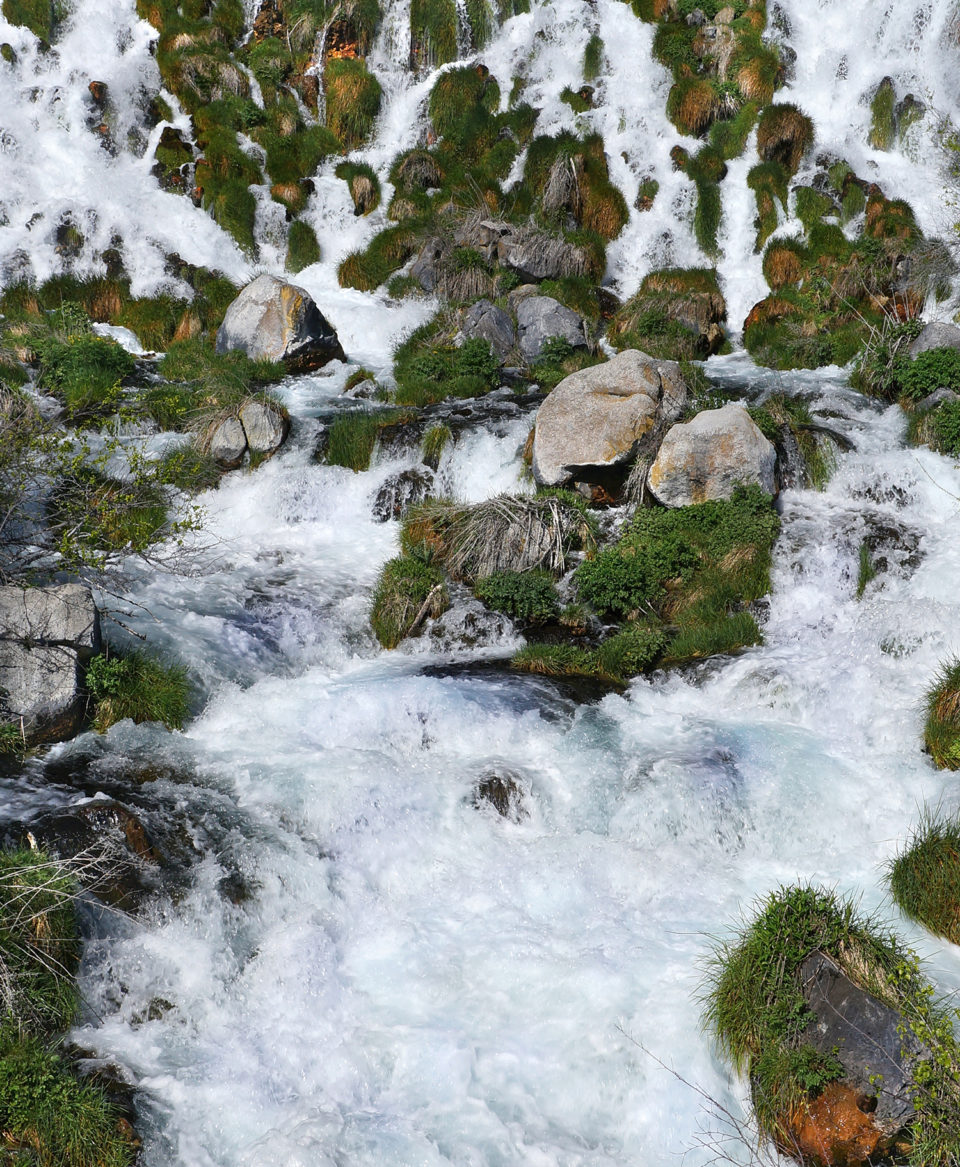
“The nation wants both and a lot of people really love white trout. So we’d be foolish to presume we could make a big change and discontinue white trout. White trout on a premium feed regimen are incredible, high quality fish,” Watkins said. “We are not a commodity brand – our goal is to make sure everything we do is high quality. That will be the case for any white fish coming out of our brand of companies. We’re committed to not disrupting business, but we’ll also make bold improvements.”
Watkins said red trout is competing with and displacing salmon products, but until recently conversion rates were low.
“Being a salmonid, you get the same taste with red trout as you do with salmon, but a lot milder, and when you’re dealing with a Riverence trout you have a clean, non-fishy flavor that’s surprising to people. It’s a huge reason why I believe people can convert from salmon to trout,” Watkins said.
Two factors will help drive demand for Riverence red trout in the coming months, he added: point of origin and acceptance from high-end chefs.
“Especially now, it’s becoming harder to rely on non-domestic food supply, and by being a local provider we can provide native fish swimming in native waters, with consistency every day of the year,” Watkins said.
Then there’s marketing and high-end foodservice uptake. At the chef level, Michelin-starred chefs have been showing their support. Ana Ross cooked Riverence trout recently at the James Beard House in Manhattan while celebrity chef Andrew Zimmern and Chef Giuseppe Tentori of GT Prime have also endorsed the product. “We’re seeing leadership among higher-end chefs and it just takes time for mainstream chefs to follow suit,” Watkins said.
https://www.aquaculturealliance.org/advocate/bizarre-foods-star-andrew-zimmern-aquaculture-helps-save-our-planet/
“I think whether it’s red or white trout you’re talking about, the story and the point of origin are the same,” Watkins said. “It’s less about the label than the product experience. With both the Clear Spring and Riverence brands the product is good, and that’s what matters.”
The Riverence portfolio includes mainly rainbow trout for white trout; steelhead trout and golden rainbow trout for red trout, smoked trout; and the possibility of a Riverence roe product in the future. Riverence Brood continues to supply other trout farmers with its eggs and the two founding partners remain intimately involved in the company.
Young serves as CEO and Kelley, the primary investor, contributes ideas on general improvement, storytelling and how the company communicates.
“He’s involved in every aspect of the business, from feed to processing, and he reads the trade articles to stay informed,” Watkins said, adding that the principles on which Riverence was founded remain its compass.
“We strongly believe in the future of local land-based aquaculture,” Watkins said. “For us it’s an environmentally sensitive, superior product with more reliability. We believe it has a really bright future and we’ve got to prove that this business model is here for the long haul. Regardless of the farming method, aquaculture needs to work.”
Follow the Advocate on Twitter @GAA_Advocate
Now that you've reached the end of the article ...
… please consider supporting GSA’s mission to advance responsible seafood practices through education, advocacy and third-party assurances. The Advocate aims to document the evolution of responsible seafood practices and share the expansive knowledge of our vast network of contributors.
By becoming a Global Seafood Alliance member, you’re ensuring that all of the pre-competitive work we do through member benefits, resources and events can continue. Individual membership costs just $50 a year.
Not a GSA member? Join us.
Author
-
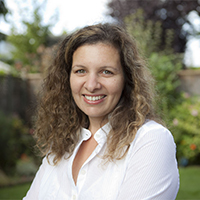
Lauren Kramer
Vancouver-based correspondent Lauren Kramer has written about the seafood industry for the past 15 years.
Tagged With
Related Posts
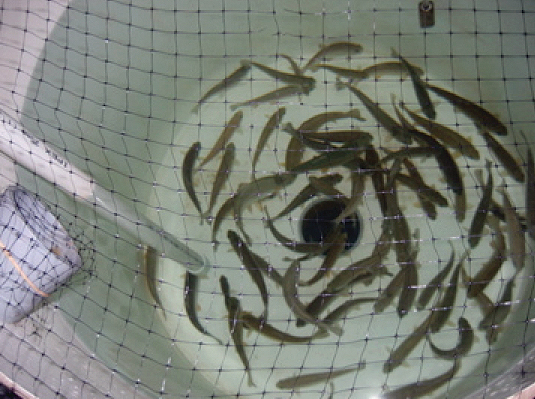
Health & Welfare
Algae shows promise as alternative DHA source in rainbow trout diets
A growth trial in Canada evaluated the use of algae biomass to increase the concentration of long-chain polyunsaturated fatty acids in the tissues of rainbow trout.
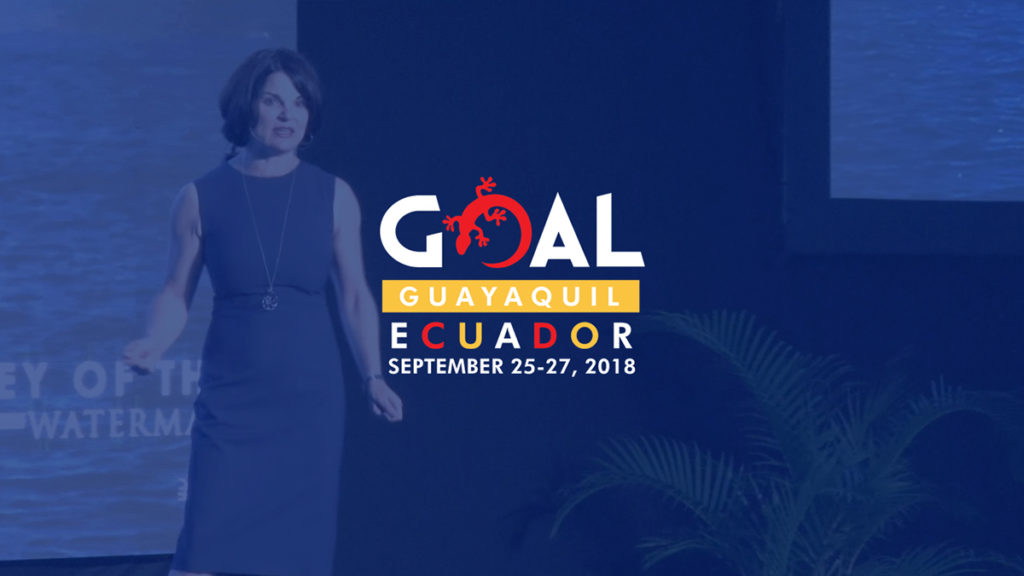
Responsibility
GOAL 2018 presentation: Jennifer Bushman
For "Thoughts on the Future of Aquaculture," speakers were asked to speak about "building confidence in aquaculture." This week's presentation features Jennifer Bushman, Route to Market Services.
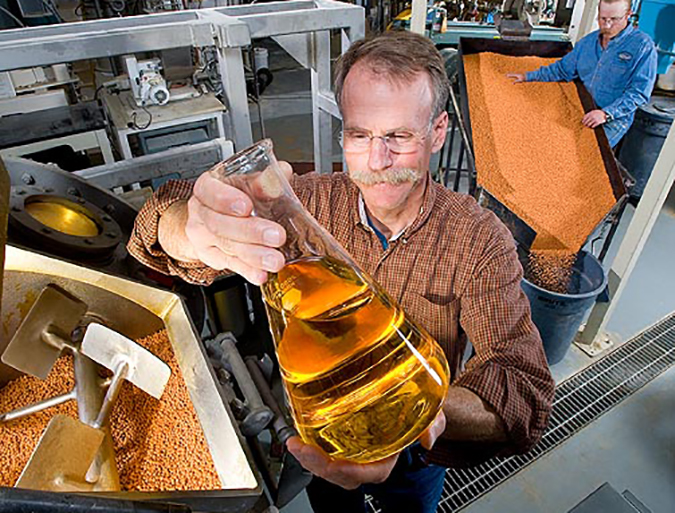
Aquafeeds
Aquaculture Exchange: Rick Barrows
After 14 years with the USDA’s Agricultural Research Service, Rick Barrows talks about the importance of finding ‘complete’ and commercially viable alternative sources of omega-3 fatty acids and continuing innovation in the aquafeed sector.
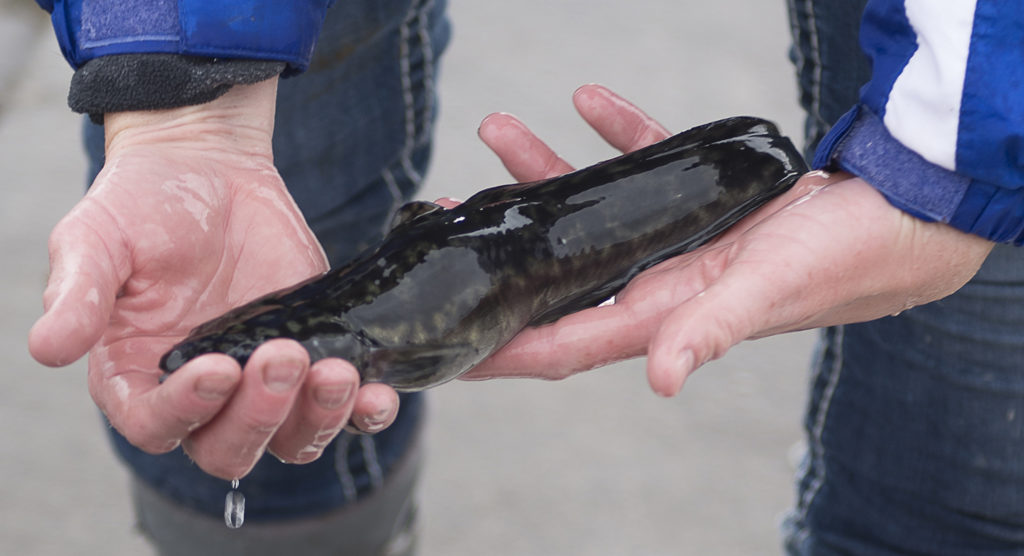
Intelligence
Burbot conservation effort spawns commercial aspirations
There’s a lot of promise for farming the freshwater species burbot (Lota lota), but more research is needed to determine economic viability.


